10 Best Herbal Teas For Eye Bags
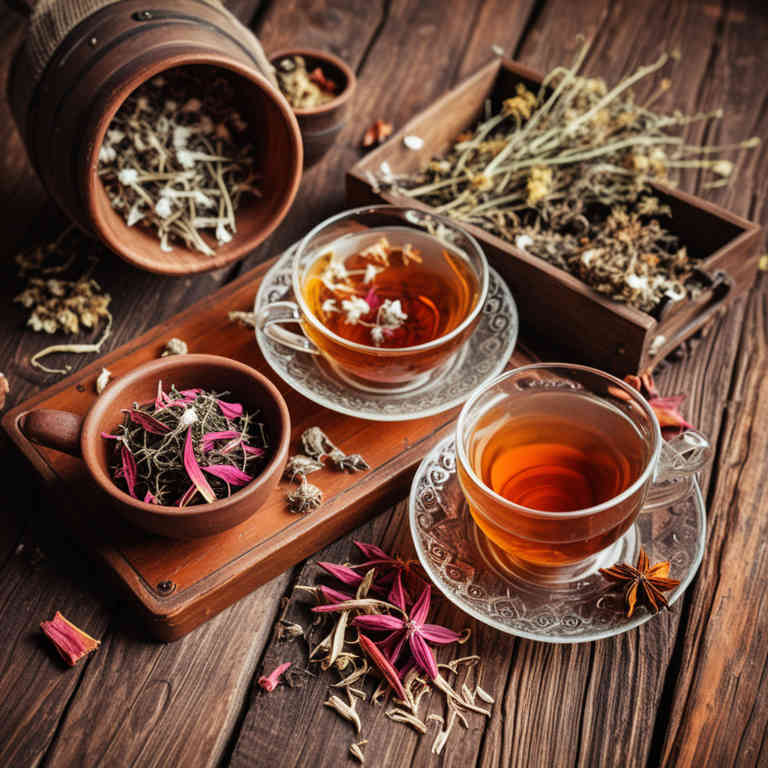
Herbal teas are a natural and soothing remedy for reducing the appearance of eye bags, as they contain anti-inflammatory and antioxidant properties that help calm the delicate skin around the eyes.
Chamomile, green tea, and lavender are particularly effective ingredients commonly used in herbal eye teas due to their ability to reduce puffiness and soothe irritation. To use these teas, they can be cooled and applied as compresses over the eyes for 10 to 15 minutes, providing a refreshing and relaxing experience. Regular use of herbal eye teas can help improve circulation and reduce dark circles, promoting a more refreshed and youthful appearance.
Overall, herbal teas offer a gentle, cost-effective alternative to commercial eye treatments, making them a popular choice for those seeking natural beauty solutions.
FREE Herb Drying Checklist
How to make sure every batch retains maximum flavor, color, and aroma without the risk of mold or over-drying. Eliminate guesswork and trial-and-error, making herb drying faster, easier, and more efficient every time.
Table of Contents
1. Matricaria chamomilla

Matricaria chamomilla, commonly known as chamomile, is a popular herbal tea often used for its calming and soothing properties.
While it is traditionally consumed as a drink to aid sleep and reduce anxiety, chamomile tea has also been explored for its potential benefits in reducing the appearance of eye bags. The anti-inflammatory and antioxidant properties of chamomile may help to decrease puffiness and dark circles around the eyes by improving circulation and reducing fluid retention. To use chamomile for eye bags, some people apply cooled chamomile tea bags to the eyes, similar to how green tea bags are used.
Although more research is needed, many find that regular use of chamomile tea can contribute to a more refreshed and rested-looking appearance.
2. Camellia sinensis
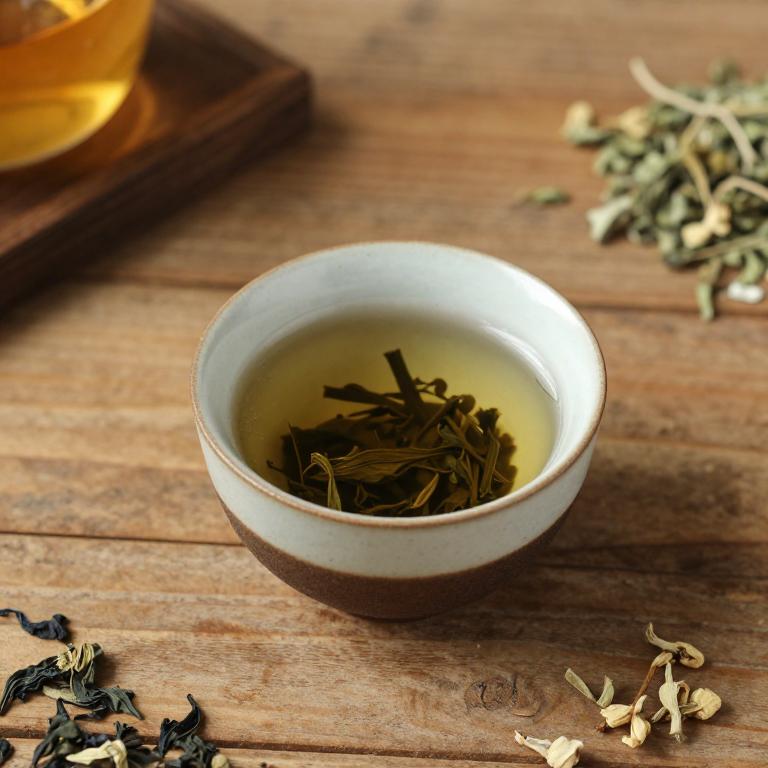
Camellia sinensis, the plant from which green and black teas are derived, is often used in herbal teas to address various health concerns, including the appearance of eye bags.
These teas contain antioxidants and polyphenols that may help reduce inflammation and improve circulation, potentially alleviating the swelling and darkening associated with under-eye bags. Some formulations include additional ingredients like chamomile or green tea extract to enhance their soothing and depuffing effects. Regular consumption of Camellia sinensis-based herbal teas may support overall skin health and contribute to a more refreshed appearance around the eyes.
However, individual results may vary, and it is advisable to consult a healthcare professional before incorporating such teas into a skincare routine.
3. Rosa canina
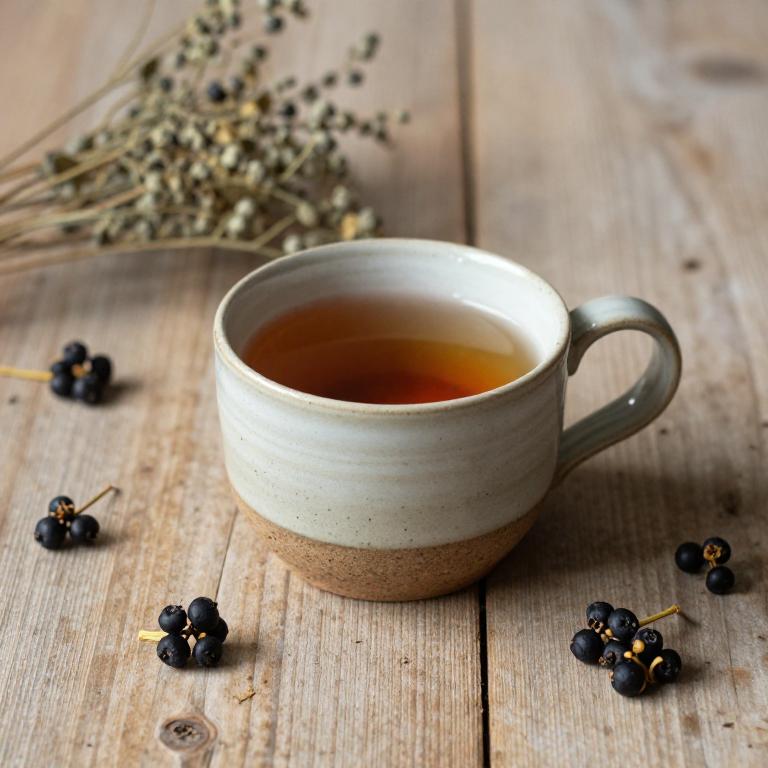
Rosa canina, also known as rosehip, is a traditional herbal remedy that has been used for centuries for its rich content of antioxidants, vitamins, and essential nutrients.
When used in herbal teas, rosa canina is believed to support overall eye health and may help reduce the appearance of eye bags by promoting circulation and reducing inflammation. The high levels of vitamin C in rosehip tea can aid in strengthening blood vessels and improving skin elasticity around the eyes. Regular consumption of rosa canina tea may contribute to a more refreshed and youthful appearance by addressing underlying causes of dark circles and puffiness.
While it is not a substitute for medical treatments, rosa canina herbal tea can be a natural and soothing addition to a holistic skincare routine.
4. Urtica dioica
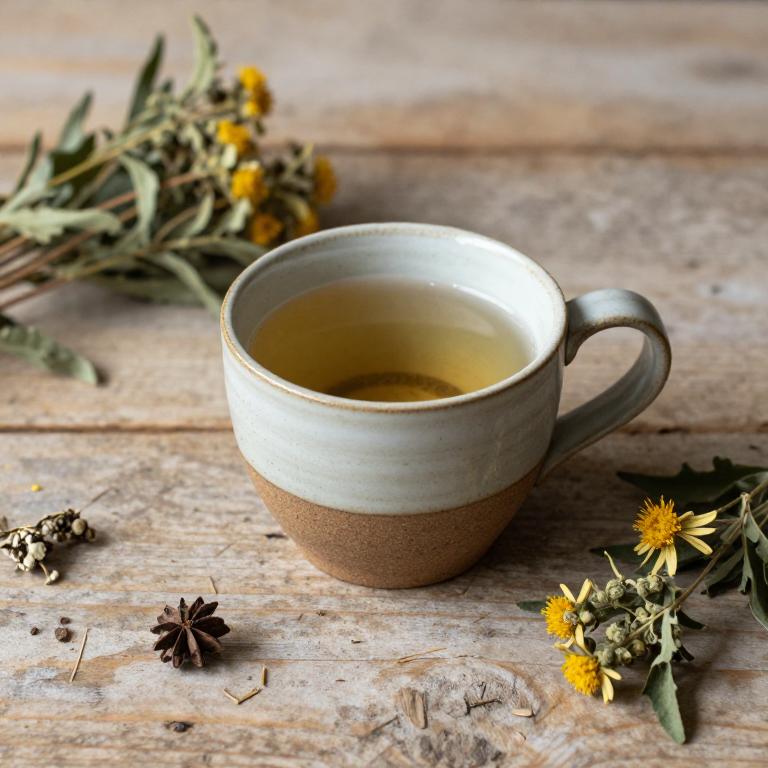
Urtica dioica, commonly known as stinging nettle, is a versatile herbal plant that has been used for centuries in traditional medicine.
When brewed into a herbal tea, it can help reduce the appearance of eye bags due to its high concentration of antioxidants and anti-inflammatory compounds. The tea is believed to improve circulation and reduce fluid retention around the delicate eye area. Its natural diuretic properties may also aid in diminishing swelling and dark circles.
While urtica dioica tea is generally safe for most people, it is advisable to consult a healthcare professional before using it, especially if you have allergies or are on medication.
5. Hypericum perforatum

Hypericum perforatum, commonly known as St. John's Wort, is a herbal plant that has been traditionally used for its potential health benefits, including its use in herbal teas for eye bags.
While it is more commonly associated with mood support, some people use St. John's Wort tea as a natural remedy for reducing the appearance of under-eye darkness and puffiness. The tea is believed to have mild anti-inflammatory and antioxidant properties that may help improve skin tone and reduce swelling around the eyes. However, it is important to note that scientific evidence supporting its effectiveness for eye bags is limited, and individuals should consult with a healthcare professional before using it, especially if they are on medications.
As with any herbal remedy, proper preparation and dosage are essential to ensure safety and effectiveness.
6. Cnicus benedictus
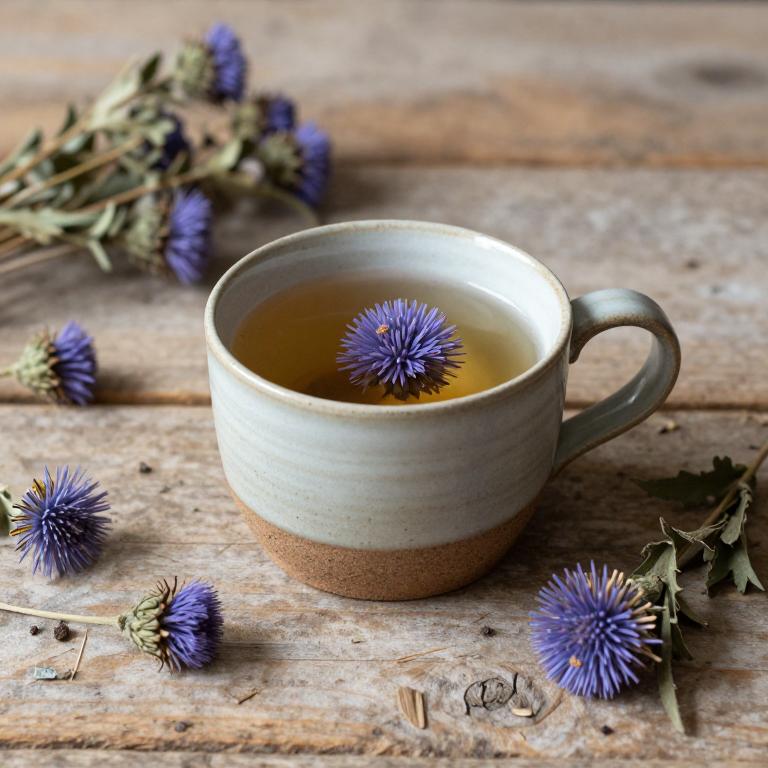
Cnicus benedictus, commonly known as blessed thistle, is a herbal remedy traditionally used for its potential benefits in reducing eye bags.
This herb is believed to support liver function, which in turn may help in detoxifying the body and improving the appearance of dark circles under the eyes. When brewed into a tea, Cnicus benedictus may promote circulation and reduce fluid retention, contributing to a more refreshed and alert look. Its anti-inflammatory properties are thought to soothe the delicate skin around the eyes, making it a popular choice in natural skincare routines.
However, it is important to consult a healthcare professional before using this herb, especially for those with pre-existing medical conditions or who are pregnant.
7. Silybum marianum
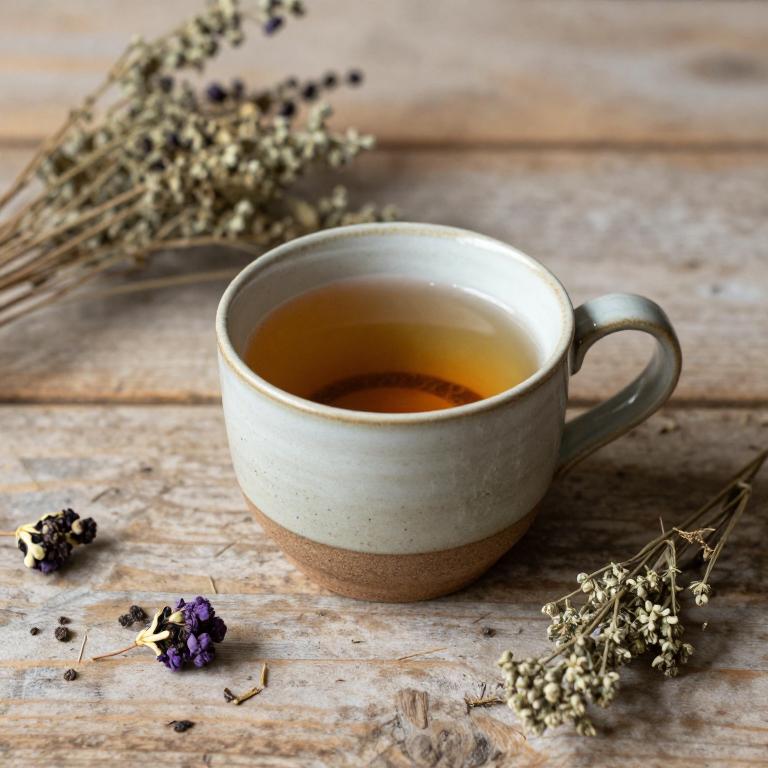
Silybum marianum, also known as milk thistle, is a herbal remedy that has gained attention for its potential benefits in reducing eye bags.
This herb is rich in antioxidants, particularly silymarin, which may help to reduce inflammation and promote skin health. When used in the form of herbal tea, silybum marianum can be applied topically or consumed internally to support overall eye health. Some people use it as a natural alternative to commercial eye creams or treatments for under-eye puffiness.
However, it is important to consult with a healthcare professional before using it, especially if you have existing medical conditions or are taking other medications.
8. Chamomilla recutita
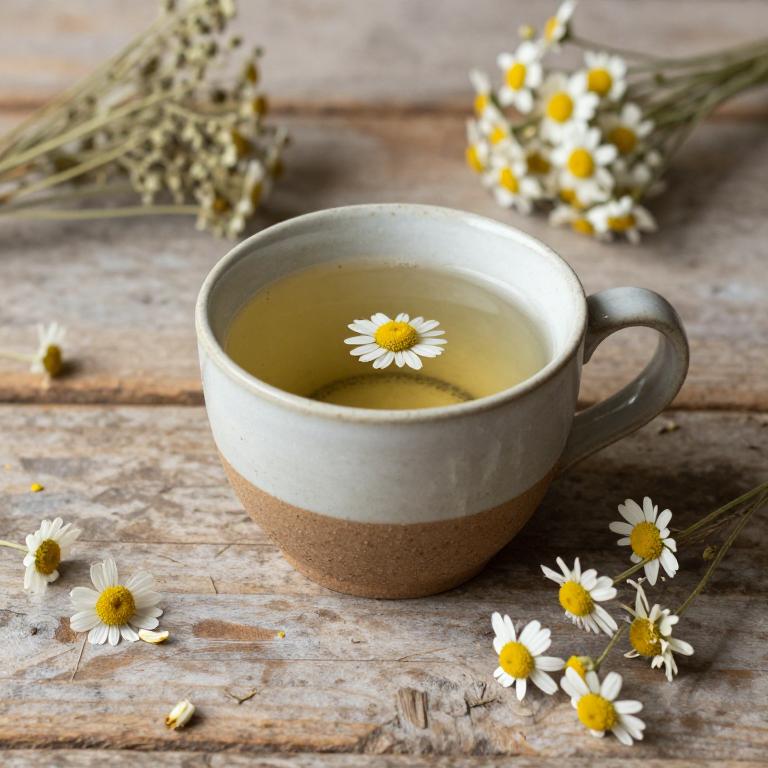
Chamomilla recutita, commonly known as German chamomile, is a popular herbal ingredient used in teas for its calming and anti-inflammatory properties.
When brewed into a soothing herbal tea, chamomile can help reduce the appearance of eye bags by soothing the delicate skin around the eyes and decreasing puffiness. Its high concentration of antioxidants and flavonoids may support skin health and reduce dark under-eye circles. Many people find that drinking chamomile tea or applying cooled chamomile compresses can provide a natural and gentle way to refresh the eye area.
However, it is important to consult with a healthcare professional before using chamomile for persistent eye concerns, especially if you have allergies or are pregnant.
9. Achillea millefolium
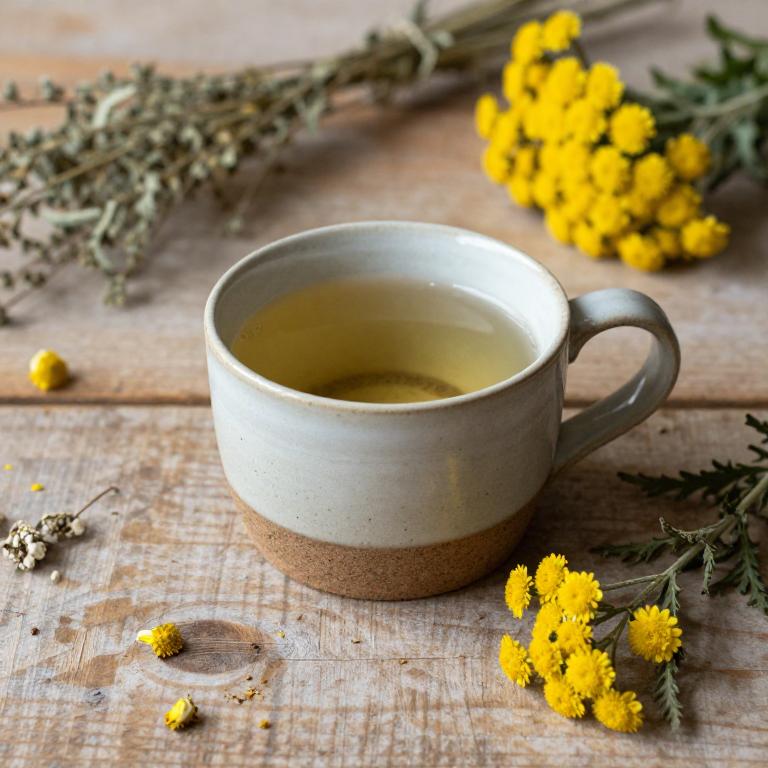
Achillea millefolium, commonly known as yarrow, has been traditionally used in herbal medicine for its anti-inflammatory and astringent properties, making it a potential ingredient in herbal teas aimed at reducing eye bags.
When brewed into a tea, yarrow may help constrict blood vessels and reduce swelling, which can alleviate the appearance of under-eye puffiness. This herb is often combined with other calming herbs like chamomile or green tea to enhance its soothing effects on the delicate skin around the eyes. However, it is important to consult with a healthcare provider before using yarrow tea for eye bags, especially for those with allergies or sensitive skin.
While some people may find relief from using yarrow-based herbal teas topically, more research is needed to fully understand its effectiveness for this specific concern.
10. Vitex agnus-castus
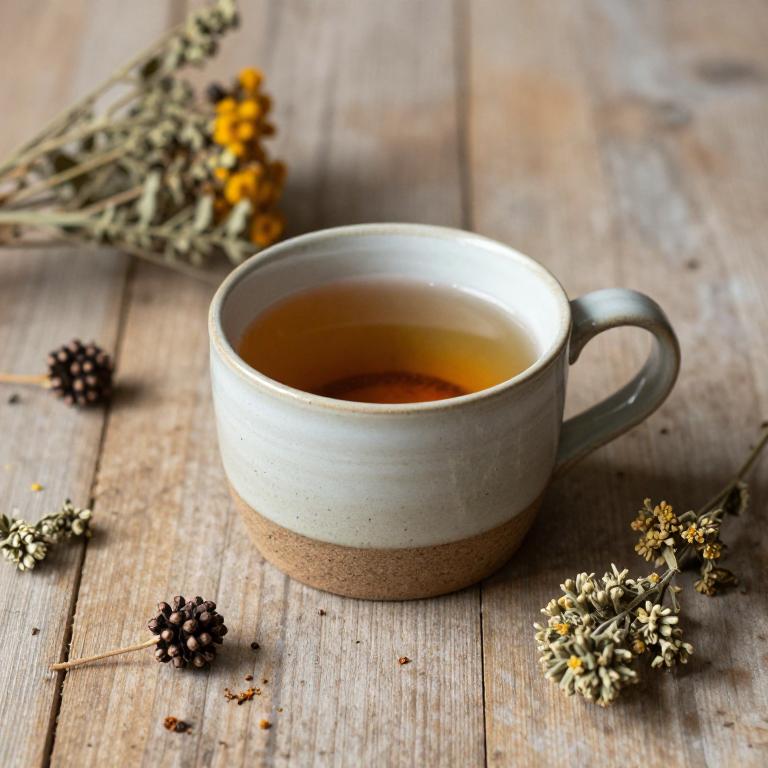
Vitex agnus-castus, commonly known as chaste tree or vervain, is often used in herbal teas to support hormonal balance and overall wellness.
While it is not specifically targeted at reducing eye bags, its calming properties may indirectly help alleviate symptoms associated with stress and fatigue, which can contribute to under-eye darkness. Herbal teas made from Vitex agnus-castus are typically consumed for their soothing effects on the nervous system and may promote better sleep, which can improve the appearance of the skin around the eyes. However, it is important to note that there is limited scientific evidence directly linking Vitex agnus-castus to the reduction of eye bags.
As with any herbal remedy, it is advisable to consult a healthcare professional before incorporating it into a skincare or wellness routine.